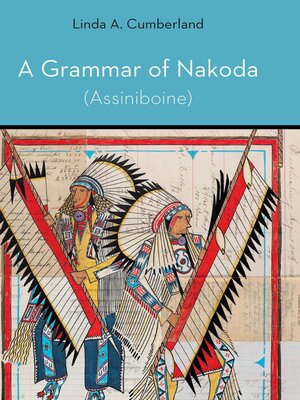A Grammar of Nakoda (Assiniboine)
ebook ∣ Studies in the Native Languages of the Americas
By Linda A. Cumberland

Sign up to save your library
With an OverDrive account, you can save your favorite libraries for at-a-glance information about availability. Find out more about OverDrive accounts.
Find this title in Libby, the library reading app by OverDrive.



Search for a digital library with this title
Title found at these libraries:
| Library Name | Distance |
|---|---|
| Loading... |
A Grammar of Nakoda (Assiniboine) is the first complete grammar of the Native American language Assiniboine, also known by the endonym Nakoda, a member of the Siouan language family. It addresses all major grammatical categories, including phonology, nouns, verbs, adverbs, enclitics, determiners, syntax, and kinship terminology. It also includes groundbreaking analysis of motion verbs of coming and going, demonstrating that such verbs compose a closed system that is consistent in varying degrees across all Siouan languages.
Over the past century and a half, the classification of the Assiniboine language has suffered due to a complicated history regarding the Dakotan branch of the Siouan language family. Once spoken over a vast contiguous area of the northern plains, Assiniboine/Nakoda is used today among the Assiniboine people in and around Fort Belknap and Fort Peck in Montana and in five reserves in Saskatchewan. A Grammar of Nakoda (Assiniboine) establishes the singular basis of the language while also relating its unique features to other Great Plains American Indian languages.
Over the past century and a half, the classification of the Assiniboine language has suffered due to a complicated history regarding the Dakotan branch of the Siouan language family. Once spoken over a vast contiguous area of the northern plains, Assiniboine/Nakoda is used today among the Assiniboine people in and around Fort Belknap and Fort Peck in Montana and in five reserves in Saskatchewan. A Grammar of Nakoda (Assiniboine) establishes the singular basis of the language while also relating its unique features to other Great Plains American Indian languages.







